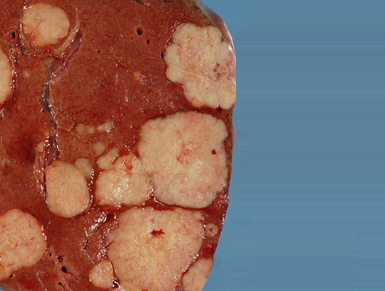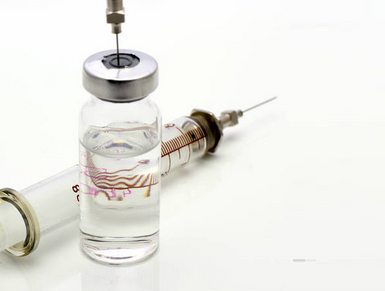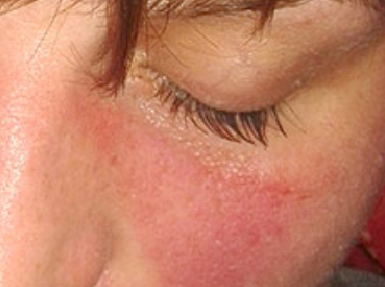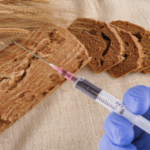DOI: 10.13140/RG.2.1.3726.9208
ABSTRACT
Technology: Duloxetine and trazodone
Indication: Treatment of neuropathic diabetic pain
Technology characterization: Duloxetine is a serotonin and norepinephrine reuptake inhibitor antidepressant (SNRI). Trazodone is a second generation antidepressant whose mechanism of action is not fully elucidated.
Question: Are duloexetine and trazodone safe, effective and cost – effective options in the treatment of neuropathic diabetic pain?
Search and analysis of scientific evidence: We conducted a search for systematic reviews and economic studies in the databases The Cochrane Library (via Bireme), Medline (via Pubmed), LILACS and Centre for Reviews and Dissemination (CRD). Manual search was also conducted on the internet and in the references of the studies found. Health Technology Assessments (HTA) were searched in international agencies: Canadian Agency for Drugs and Technologies in Health (CADTH), National Institute for Health and Care Excellence (NICE), Agencies y units of Evaluación Technologies Sanitarias (AUnETS), National Institute for Health Research (NIHR), National Health Service (NHS) and the Brazilian Network for Health Technology Assessment (REBRATS). Studies published in English, Spanish and Portuguese could be selected.
Summary of results of the selected studies: Seven studies were included, four systematic reviews and two economic studies related to duloxetine and a series of cases on trazodone. The outcomes in the systematic reviews were: reduction in pain intensity, the rate of treatment response (≥ 50% reduction in pain), the impression of the patient regarding the improvement and adverse events. These reviews showed results in favor of duloxetine, however, in most of the included studies the drug was compared with placebo. Direct comparisons with other medicines were not conclusive. In all studies that evaluated safety higher adverse event rates for the group receiving duloxetine (60 or 120 mg) compared to placebo were observed, there were reports of dizziness, drowsiness, headache and constipation. The publication that evaluated the efficacy and safety of trazodone showed results in favor of this technology, however, in this study, the drug was not compared to any other intervention, not even with placebo. Furthermore, it is a series of cases, which does not present a level of evidence as high as systematic reviews with meta-analyze. In cost-utility studies for duloxetine, the efficacy measure was the number of patients who reported good resolution of pain using a subjective report or the Global Impression Scale Patient in Relation to Change / Improving pain and the utility measure was QALY (Quality Adjusted Life Years). One study favored the use of desipramine, a tricyclic antidepressant (TCA), while the other favored gabapentin, an anticonvulsant. After the search for publications in international HTA agencies and REBRATS we included a cost-utility study that indicated superiority of ATC (amitriptyline, clomipramine, nortriptyline, imipramine and maprotiline) compared to anticonvulsants (gabapentin and pregabalin) and SNRI (duloxetine and venlafaxine). Another study recommended the use of amitriptyline, duloxetine, pregabalin and gabapentin for the treatment of neuropathic pain, except in cases of neuralgia trigemial
Recommendations: We weakly recommend the use of duloxetine in patients with treatment failure with tricyclic antidepressants or gabapentin, the two alternatives available through SUS. We emphasize that there are few fluoxetine comparisons with other medicines and no study evaluated duloxetine for a long period of time, which would be relevant due to chronicity of the disease.
As for trazodone, we strongly recommend against it use since we did not find robust evidence on the efficacy and safety of this intervention in the treatment of neuropathic diabetic pain. The only included study represents a low level of evidence.
Full content in Portuguese
































Adicionar Comentário